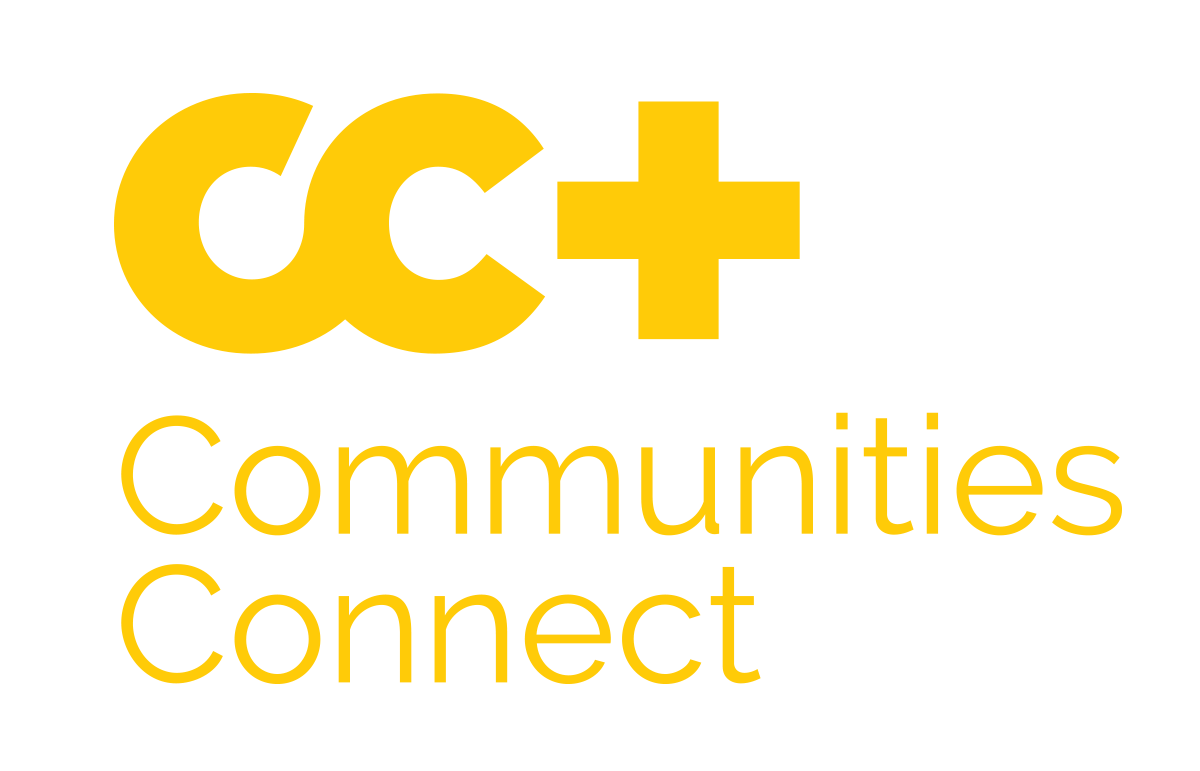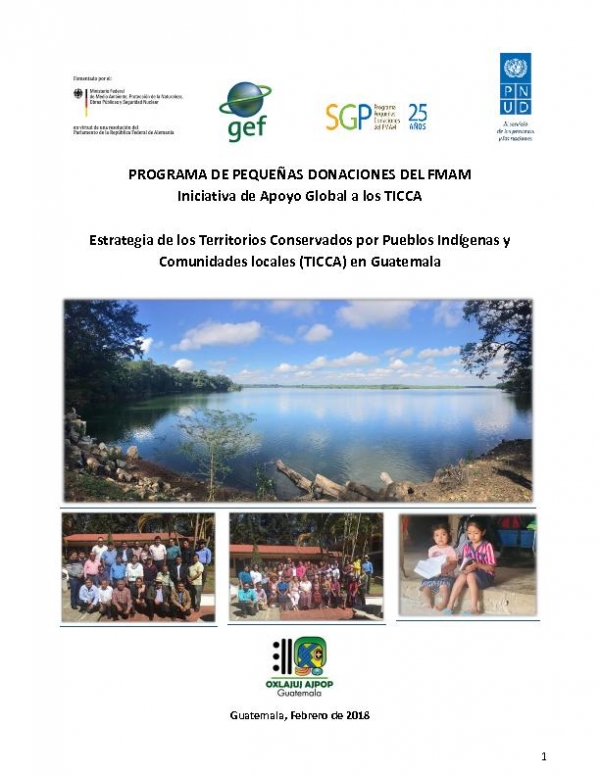Wednesday, 26 June 2019 21:14
Estrategia de los Territorios Conservados por Pueblos Indígenas y Comunidades locales (TICCA) en Guatemala
Written by marcoslópez- Type: Report/Publication, Country Publication
- Source: SGP Guatemala
- Languages:
- Priority Groups: Indigenous Peoples
- Countries: Guatemala
- Partnerships: ICCA-GSI
- Region: Latin America and the Caribbean
The "Estrategia de los Territorios Conservados por Pueblos Indígenas y Comunidades locales (TICCA) en Guatemala" is based on the expectation and plan to generate change, moving from a current situation to a dimensioned one. It implies the commitment of work of collectives willing to work hard for the benefit of all, surpassing their territorial scales and learning from the collective processes and actions of others. In this case, it is the traditional institutions of indigenous peoples and local communities that for centuries have managed their lands, made their own decisions and organized to defend, conserve and take advantage of the goods and services that nature and the environment provide. These processes of self-management and organization represent perhaps the most effective management and conservation model at a global level since it is based on collective decisions and is the territory in which biodiversity and culture are related and transformed along the way. weather. In a simple and experiential sense, we all belong to a territory and we identify with it, we grew in it and it represents our origin. This relationship occurs with greater force in rural areas and even more in what is called in Guatemala communal lands or collective property. In these, life and culture conform indissoluble compositions with the natural environment, with the forest, with water, rivers or bioculture. So we can say that the Territories Preserved by Indigenous Peoples and Local Communities (hereinafter TICCAS) are biocultural landscapes that articulate norms for the use of natural or modified ecosystems, contain important elements of agrobiodiversity, traditional knowledge linked to the use of biodiversity that represents their means of life and cultural expressions that come from people-nature interactions.




